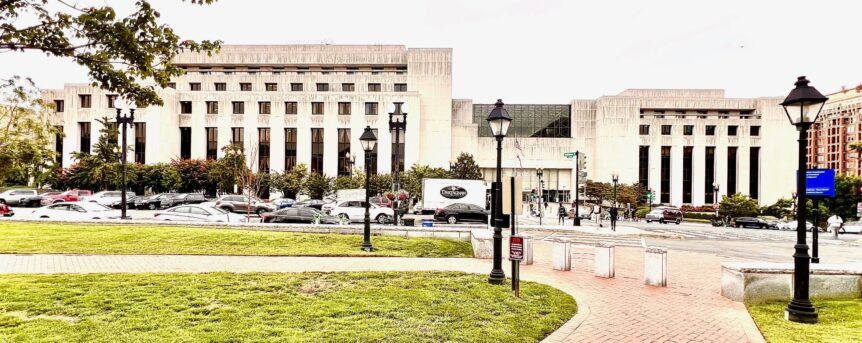
“Authentication” of evidence in Washington, D.C.
“Authentication” refers to the process of proving that an item of evidence is what its proponent claims it to be. The laying of this necessary foundation – along with the required finding of relevance — allows the item to be admitted into evidence for consideration by the jury.
The process is typically used in connection with “real evidence”; that is, tangible/physical items and/or writings.
The standard of proof for authenticating a piece of evidence in D.C. is a “reasonable possibility” – that is, more likely than not – that the evidence is what its proponent purports it to be. Johnson v. United States, 290 A.3d 500, 510 (D.C. 2023); Ransom v. United States, 322 A.3d 521, 527 (D.C. 2024).
Even when a piece of evidence has been authenticated and admitted, it is still up to the jury to decide how much weight to accord the item.
Examples of Authentication Methods
Consistent with Federal Rule of Evidence 901 (Authentication or Identifying Evidence), there are a number of ways in which a party can authenticate a piece of evidence it seeks to admit.
A hand-written letter, for example, could be authenticated most directly by a “percipient witness” who testifies to having seen the author actually write and/or sign the document. Failing that, the letter could be authenticated more indirectly through circumstantial evidence; for example, through testimony that the witness was familiar with the author’s handwriting, understood the relevant context, etc.
In Ransom, the government sought to admit surveillance recordings through an eyewitness who testified that the recordings were “a fair and accurate representation” of the events as she remembered that day: “Ms. Williams further testified that the video(s) depicted her and her daughter entering the building, and she knew that the video depicted the date of the incident because she recognized the clothes she had been wearing that day.” 322 A.3d at 525.
In Johnson, the government succeeded in introducing video clips, photographs and text messages from the defendant’s Instagram account. In order to do so, the government introduced testimony from Facebook/Instagram’s custodian of records. The witness testified that the holder of the account in question had the same email address, cell phone number and photograph as the defendant, all of which had been verified at the time the account was set up. 290 A.3d at 506-507.
Self-Authenticating Evidence
Federal Rule of Evidence 902 identifies 14 categories of evidence that require no “extrinsic evidence of authenticity in order to be admitted”:
- –domestic public documents that are sealed and signed;
- –domestic public documents that are not sealed but are signed and certified;
- –foreign public documents;
- –certified copies of public records;
- –official publications;
- –newspapers and periodicals;
- –trade inscriptions and the like;
- –acknowledged documents;
- –commercial paper and related documents;
- –presumptions under a federal statute;
- –certified domestic records of a regularly conducted activity;
- –certified foreign records of a regularly conducted activity;
- –certified records generated by an electronic process or system; and
- –certified data copies from an electronic device, storage medium, or file.
